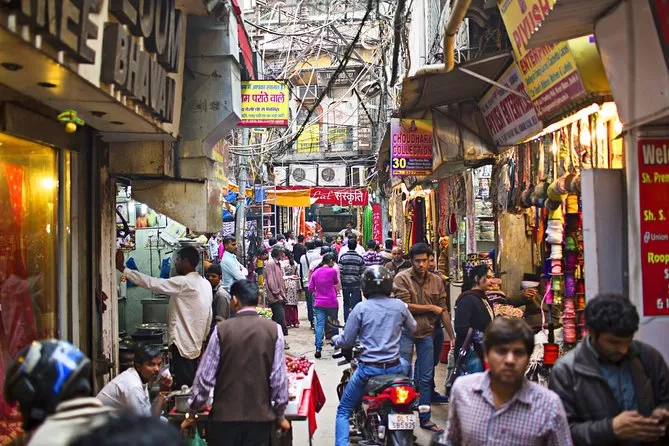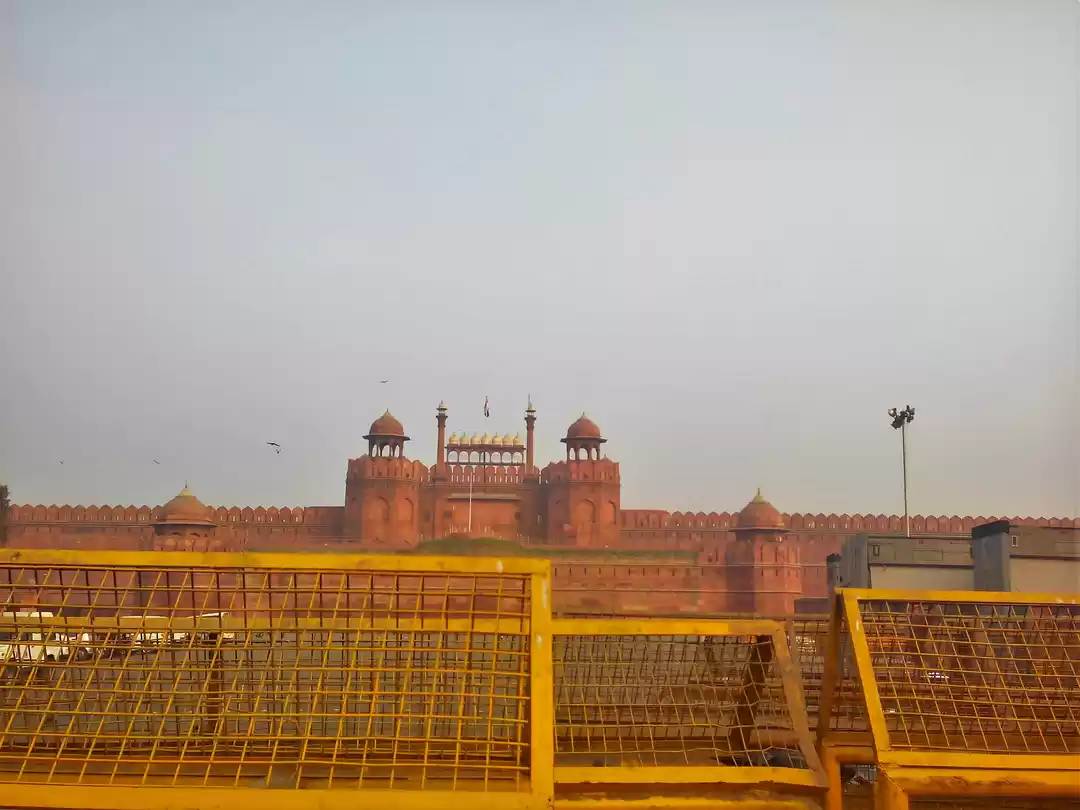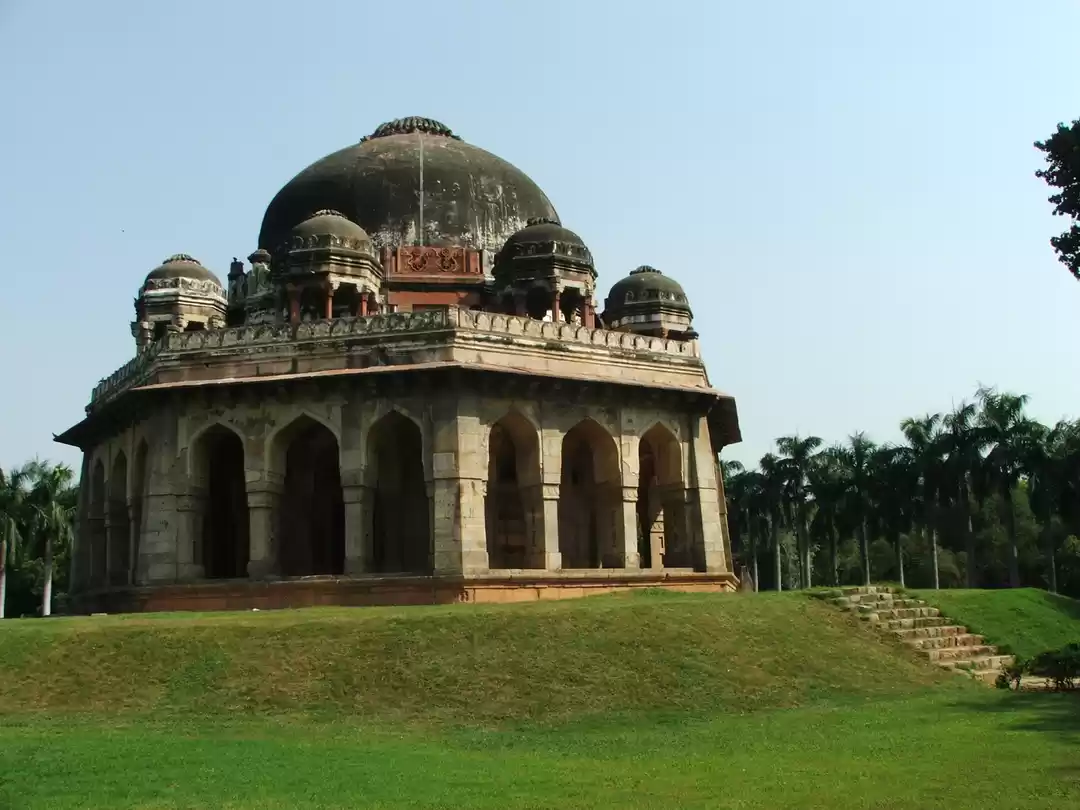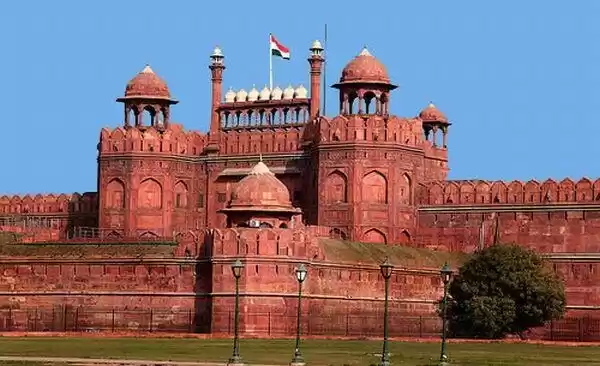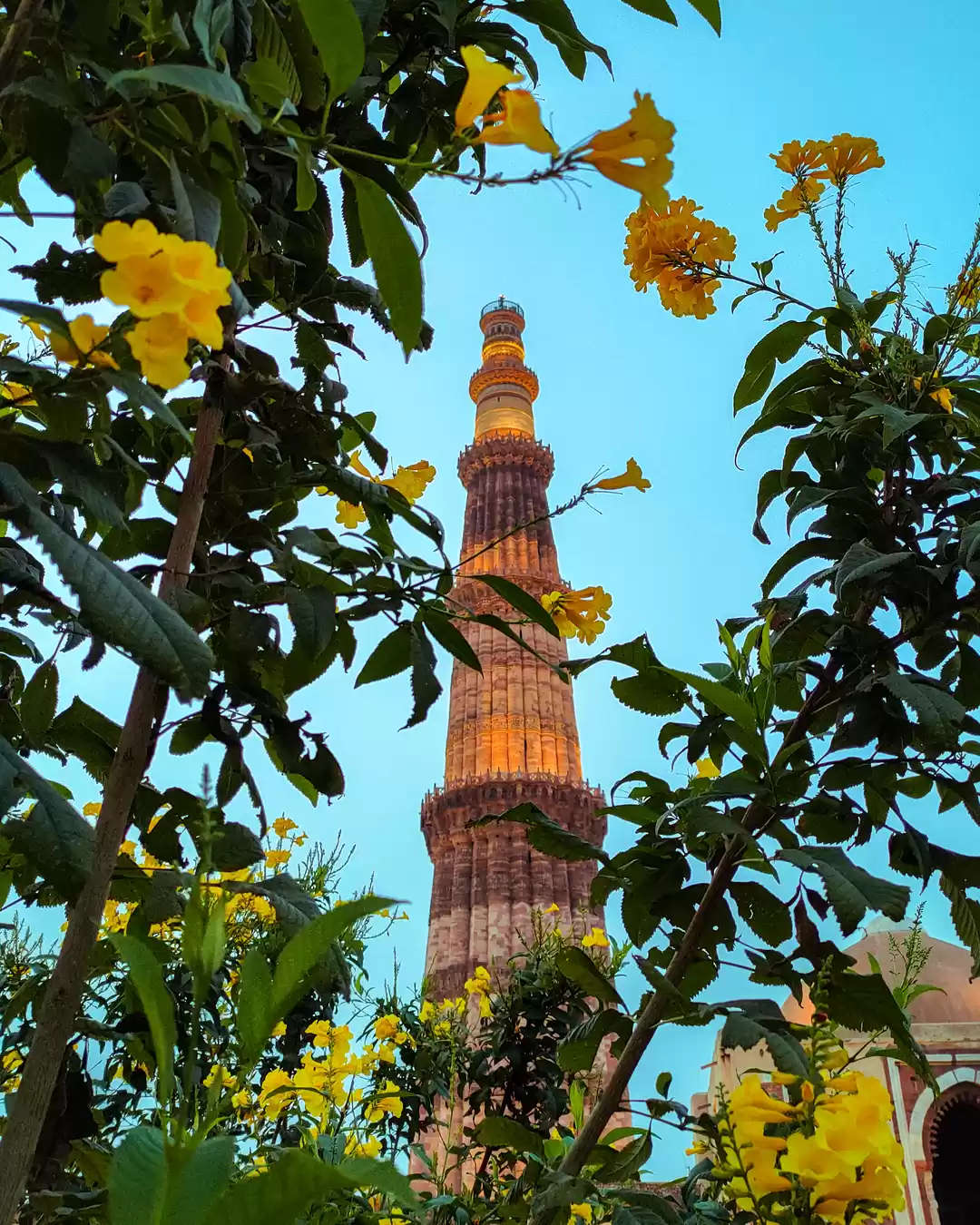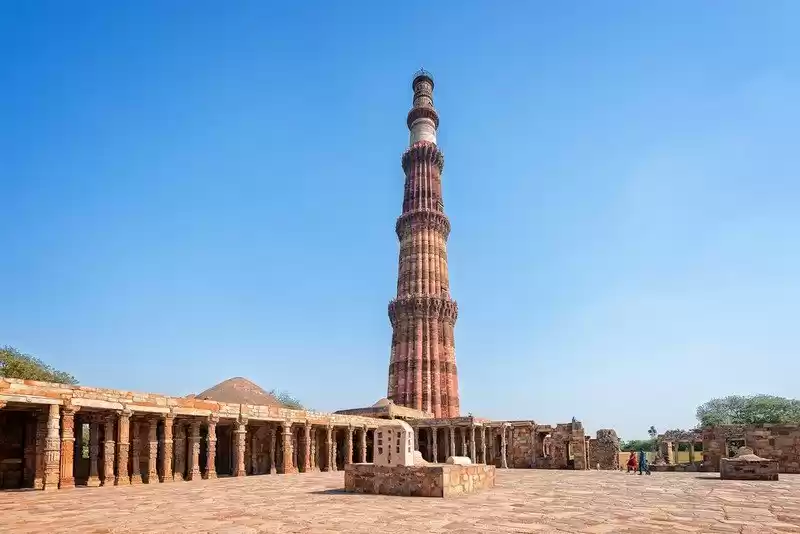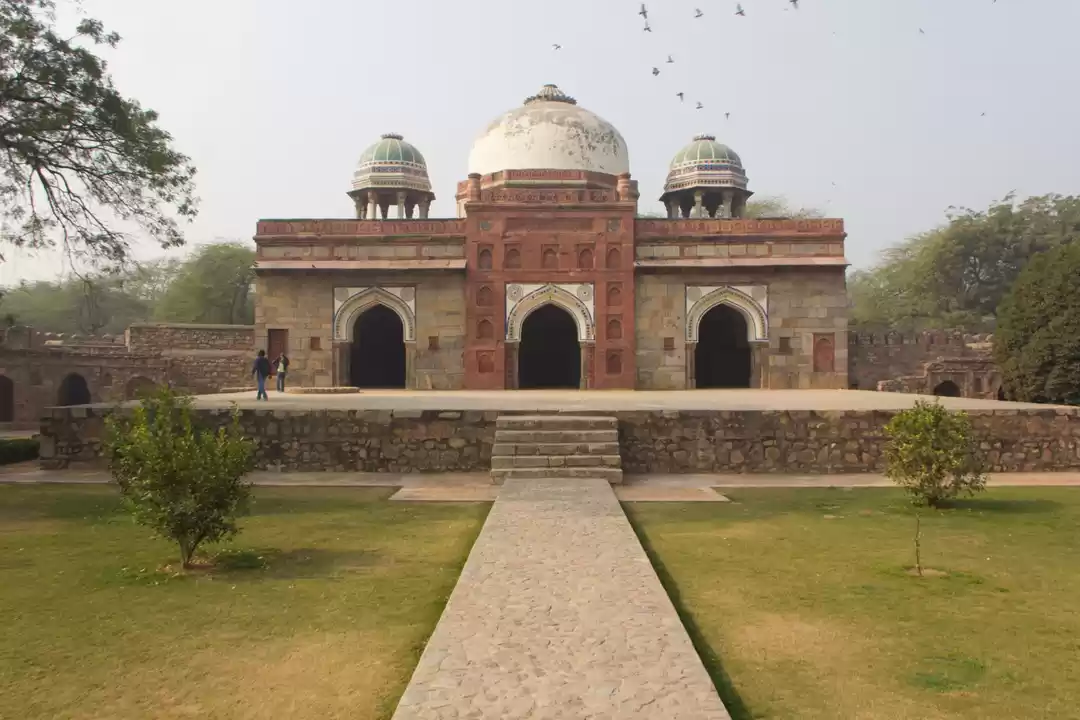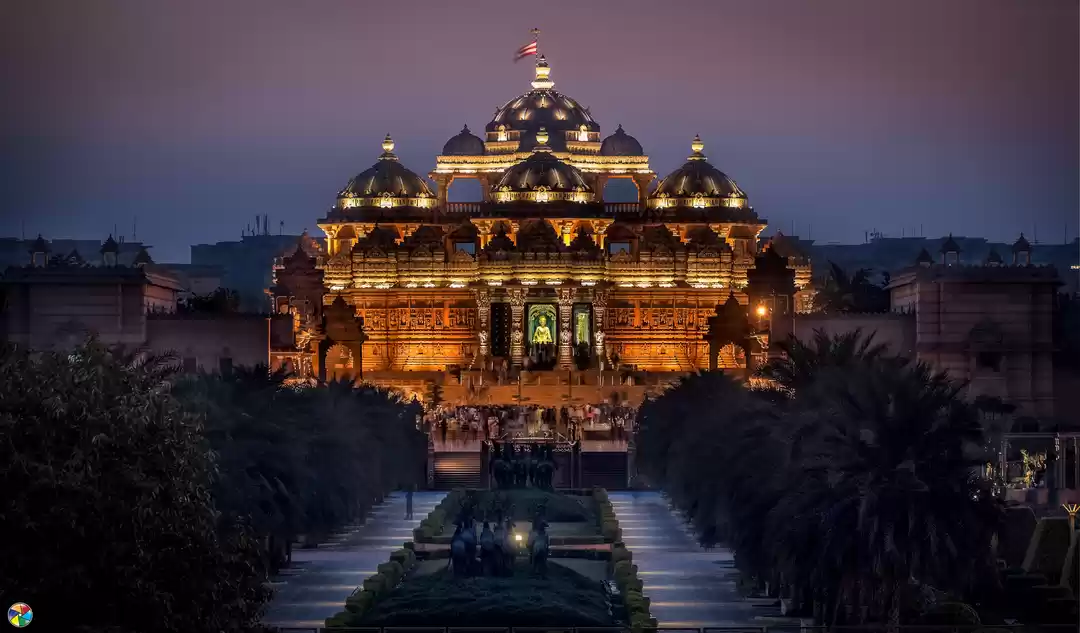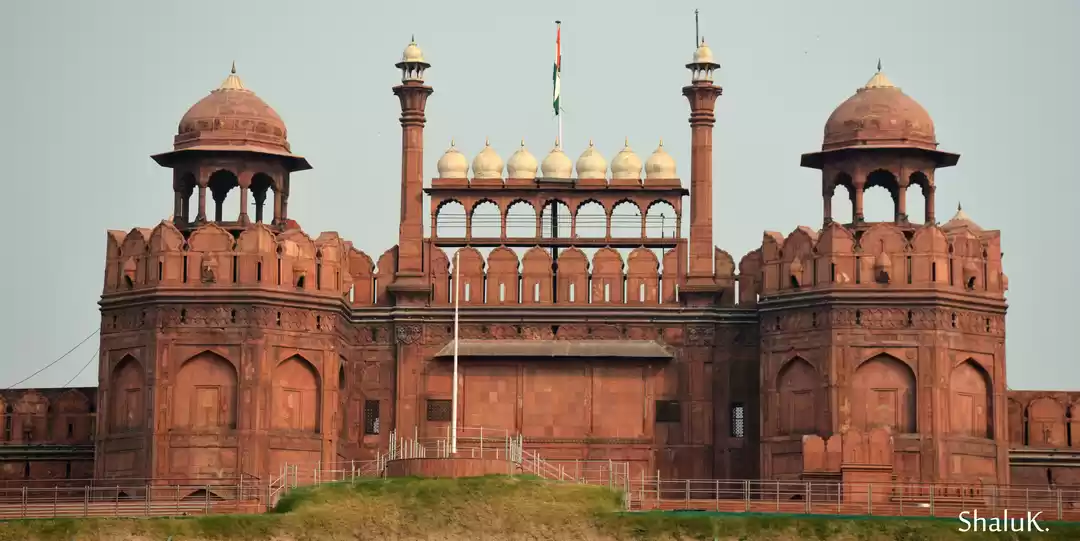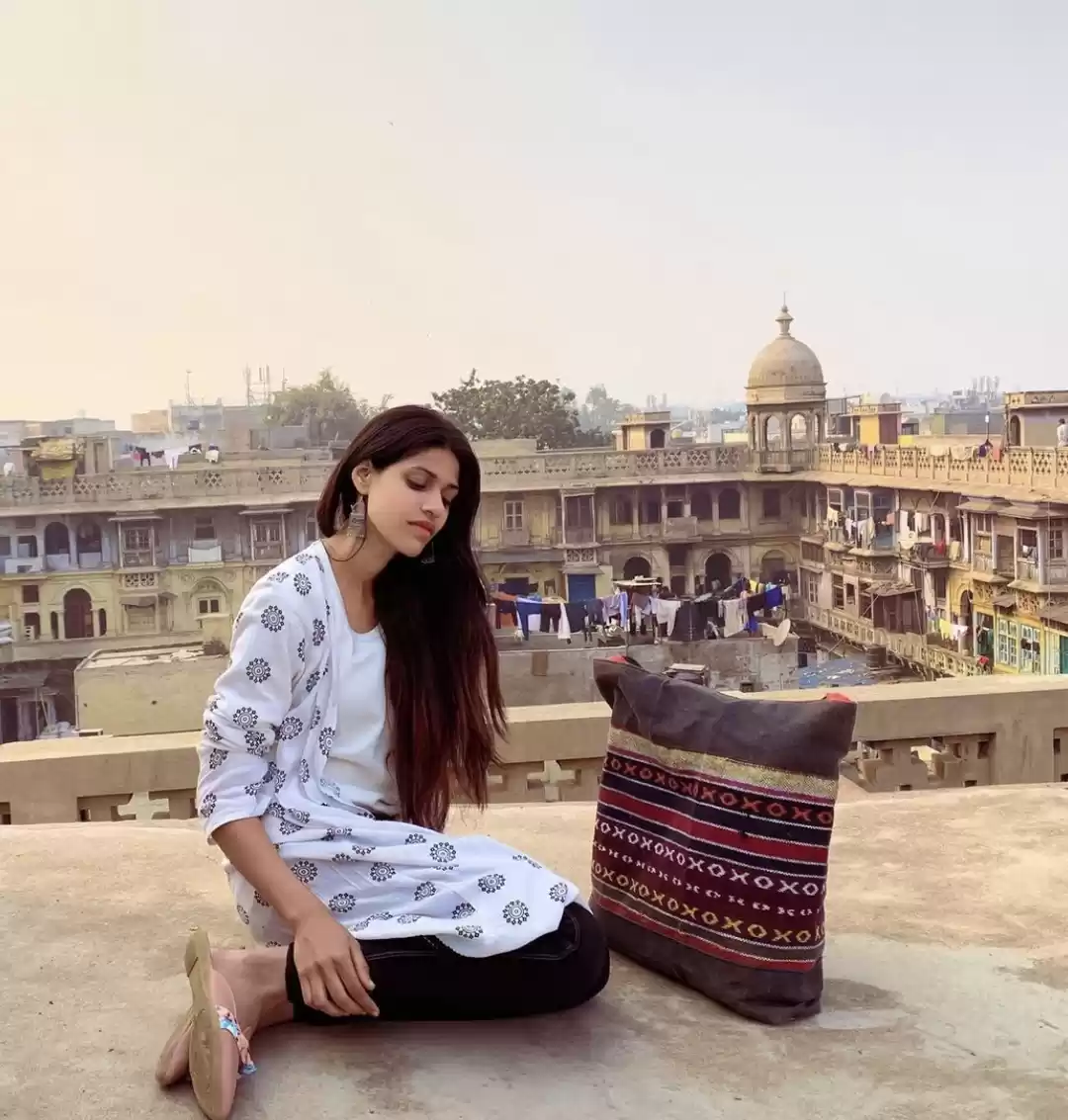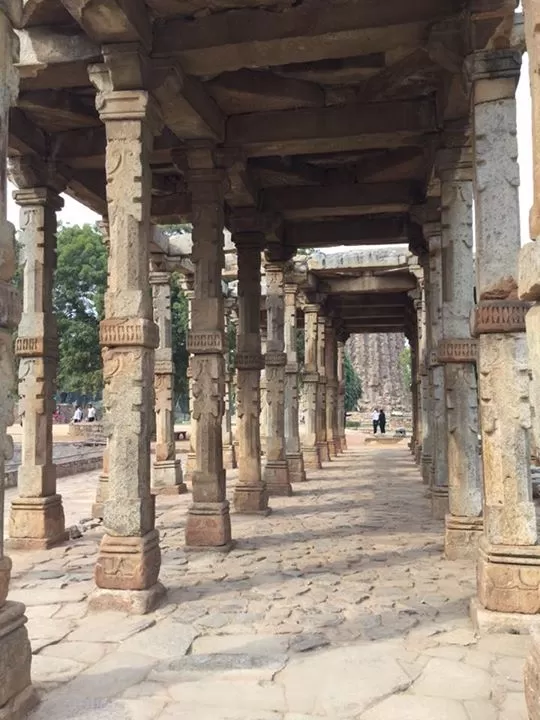Agrasen-ki-baoli
A quaint and serene spot amidst the bustle of Delhi, Agrasen-ki-baoli, gives a peek into the history of the capital. It is a 60-m-long and a 15-m-wide historical step well.
Its heritage character, intricate structure and tranquil ambience have endeared it to film-makers as well and the monument has often been a cinematic backdrop, featured in movies like Sultan and PK. As you descend the deep stepwell, you can suddenly feel the cool embrace you.
It might even send a chill down your spine as you recall that the monument was once believed to be haunted. Legend has it that the water in the baoli was said to be full of black magic and anyone who looked at it would get into a trance and jump to certain death. The baoli (step well) has 108 steps and three levels with arched niches on both sides.
Today, it is a protected monument by the Archaeological Survey of India (ASI). There are hardly any historical records to provide information about its creator but it is believed that it was built by legendary king Agrasen and rebuilt by the Agrawal community in the 14th century.


Akshardham:
Holding the Guinness World Records as the world's largest comprehensive Hindu temple, the Akshardham temple complex is a stunning piece of architecture.
Sprawled over a vast area, the complex looks like a splendid heavenly city when viewed from above. The temple itself has been constructed in pink sandstone and marble and is laid amidst neatly manicured lawns, pristine waterfronts and open courtyards.
It has been designed in the traditional Hindu style of architecture and follows vaastu shastra and pancharatra shastra. As you stroll along the breathtaking complex, you will spot intricate carvings of animals, flowers, dancers, musicians and deities that adorn the walls.
It is said that the stone used in the construction of the temple was brought from Rajasthan and weighed about 6,000 tonne. The Italian Carrara marble used in the structure adds to the beauty of the grand temple.
Some interesting features of the temple are a musical fountain, the Sahaj Anand Water Show at Yagnapurush Kund and the breathtaking Light and Sound Show. Starting at 7:30 pm, the show narrates stories from ancient Hindu scriptures. It is a spectacular rendition that uses colourful lasers, underwater flames, water jets and video projections.
The temple stands at a height of 140 ft and has a width of about 300 ft. It hosts 234 beautifully carved pillars, along with nine elaborately inscribed domes. The temple premises hold around 20,000 idols of Hindu deities, and the main shrine is that of Lord Swaminarayan.
An 11-foot-tall idol of the god stands below the central dome. Interestingly, each statue at Akshardham is built with five metals called panch dhaatu. It also contains 148 statues of elephants that weigh over 3,000 tonne.
The temple can be accessed via 10 gates that symbolise 10 directions. The main gate is Bhakti Dwar or the gate of devotion. Akshardham was inaugurated on November 6, 2005. More than 8,000 volunteers across the world joined hands in building the temple.

Bahai Lotus Temple:
Built in the shape of a gigantic lotus, the Bahai Lotus Temple is a serene stopover that invites tourists from far and wide.
It belongs to the Bahai religion, which aims at the unity of all the races and people in a universal cause and a common faith. People from all religions and faith can enter this temple, regardless of their gender, and can chant their respective religious mantras.
Designed by Iranian-Canadian architect, Fariburz Sahba in 1986, the temple is shaped like a lotus flower with 27 white marble petals. There are nine doors that open into a central hall that is approximately 40 m high and has a capacity to host 2,500 people.
There are nine pools of water that look breathtaking at dusk. The temple is famous all over the world for its architectural design.



Chandni Chowk:
Preserving the antiquity of Old Delhi, Chandni Chowk is a bustling neighbourhood that is one of the oldest in the national capital.
A vibrant bazaar that is buzzing with activity, Chandni Chowk is a labyrinth of narrow alleyways that are crammed with small shops, either selling delicious servings of snacks, sweets and savouries or offering budgeted deals on a host of products, including clothes.
This medieval shopping site is stocked with almost everything under the sun, and you can get a fine selection of perfumes, jewellery, electronics, candles, lifestyle goods and idols of gods and goddesses.
Moreover, it also plays host to one of the largest wholesale markets in Delhi, in which visitors can get huge discounts on several items.
Chandni Chowk is perhaps most popular for its food, which was relished by personalities like Jawaharlal Nehru, Indira Gandhi, Atal Behari Vajpayee, and others.
As you explore the culinary riches of the market, start with the Old Famous Jalebi Wala, near the metro station. Sample piping hot soft and syrupy jalebis as you soak in Delhi winters. Food lovers can head to the Paranthe Wali Gali for an immersive experience.
A noodle-thin lane lined with shops selling fresh and hot paranthas (stuffed flatbread), it is a must-visit. Next comes kachori-aloo (deep-fried pastry served with potato gravy) and dahi bhalla (deep-fried snack served with yoghurt). If you're visiting in summers, a tall glass of spiced lemonade never goes amiss.
A highlight of the food scene of Chandni Chowk is rabri faluda (a sweet thick milk dish served with vermicelli). Many of the shops here are more than 100 years old and preserve a taste of medieval Delhi that makes one fall in love with the place.
Chandni Chowk was constructed by Mughal emperor Shah Jahan in the 17th century. Sprawled right opposite to the Red Fort, it provides a fine view of the Fatehpuri Mosque.
The name "Chandni Chowk"means moonlight place and the market is called so as during the rule of Shah Jahan, the area had a tree-lined canal, which reflected the moon.
